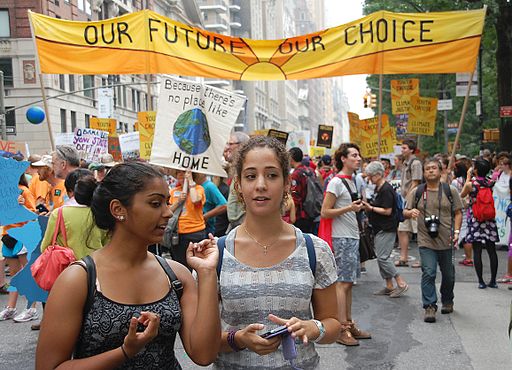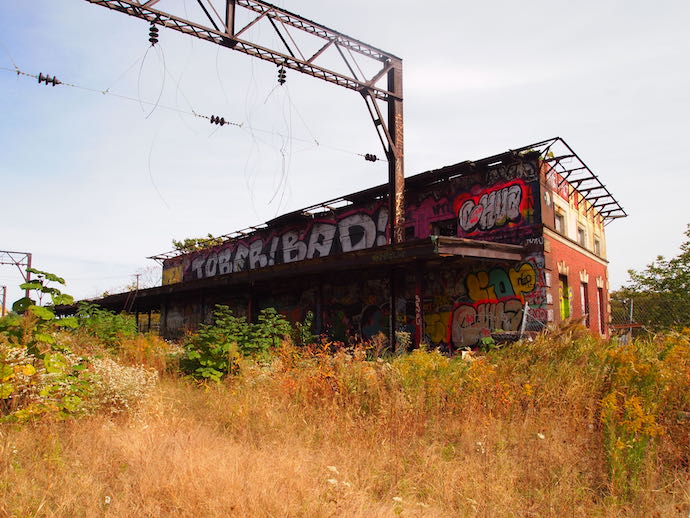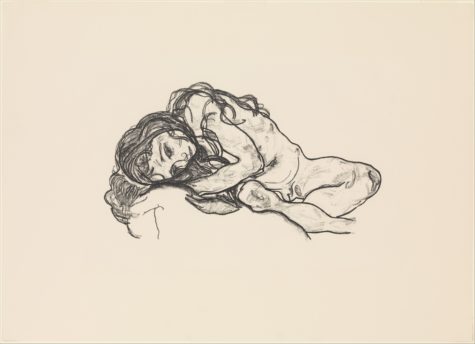 My mother was dying. It was time to get ready.
My mother was dying. It was time to get ready.
First came the visit to a funeral home where we walked among the coffins as if shopping for a new couch. Deep woods polished shiny; insides pillowed, all velvets and ruffles; pallbearer handlebars in brass or chrome. But no, too fancy, and she’d be cremated anyway, my mother who hated a chill, was never warm enough—especially in her last weeks. (Brain cancer steals away everything that makes us feel human.)
So, it was on to the next room, to walk among the containers for “cremains.” There were urns in Cloisonne or gold plate or marble or steel. We could divvy her up into small vials if we liked, even wear bits of her in forever-sealed lockets around our necks. We could have the ashes infused into a commemorative paperweight. Or, thank goodness, we could request a plain bag in a biodegradable box that could be buried or emptied over the garden or into the sea.
I hated everything. We took the simple box and went home, where I turned to the Web in search of something appropriate to keep her in…until we decided whether and where to scatter her. Just typing in the search terms, though they reflected her charms, felt wrong. Unique funerary urn. Arty container cremains. Colorful lidded vase cat lover ashes.
I snuck around online, tiptoed into her room to peek at her as she slept under mounds of blankets, then turned back to my task. It seemed impossible that the woman lying in there, still physically whole, still my beloved mother (though broken), had been a funny, generous, break-into-song human being who’d famously started a whipped-cream fight at the dinner table on a night not so long ago. Shortly she’d be dust in a cup of my choosing.
My searches failed me, so we decided on an elegant antique vase that my mother herself had bought years before, at an estate sale of someone she admired. It was stored in a velvet-lined box (coffin-like?) in the closet, and after agreeing it was the right thing, we put it back out of sight. Sitting with her later, spooning cottage cheese into her mouth (for my nourishment more than hers; rarely did she swallow) or holding up family photos as she stared blankly past them, how strange to know that the urn was just there, in the closet where we piled winter hats and mittens, within easy reach. It seemed a betrayal, that knowing.
Weeks before, we’d set up a baby monitor next to her bed so we wouldn’t miss a thing. For a time, earlier in her illness, she’d make a sound that would find us throughout the house; we’d know she needed something—soup, water, someone to lift her to the toilet, someone to squeeze drops under her tongue (her “chocolate flower,” as she’d called the morphine). She eventually stopped calling out but still we’d come, to deepen and tuck in the blankets, to roll her or stroke her hand or put a fresh, cool pillowcase against her cheek. That skin, so relaxed once she’d moved past the pain, lay like smooth pastry over her bones—her youth returned like a cruel joke.
Breath stumbles on rickety legs as life ends. On my mother’s last day, as she stared toward a distant place, her inhalations grew rusty and stopped short. We’d taken a drive earlier, my stepfather and I, just to get away. But guilt and worry that she needed us (she didn’t) sent us quickly back home. It was a cold gray afternoon anyway, joyless except for the nine bald eagles we counted on the return trip (what a thrill they would have been for her, once). That evening I sat with the TV on low, stirring food around on my plate, the monitor turned up all the way to catch the slightest rattle of air. And then came a long sigh. And then, nothingness.
I ran to her, knowing but not knowing. She’d become a pale glass-eyed doll that’s been shaken, her heavy lids and mouth still, unforgettably, half open. I felt surprised in that moment that death would strand her this way, not quite finished. Where was the peace, the closure, we’d been promised?
But. Now. We had everything arranged. The number for the funeral home was scrawled on a slip of paper by the phone—the men in dark suits no matter what the hour would come seal her in the black bag when we called. (Forever with me are the sounds of that night, the mens’ hard shoes against the entryway tiles, the zipper closing.) The urn was nestled in its box, waiting for careful hands. We’d chosen a place for her service—a sunny art gallery, of course—selected a caterer, picked out appetizers for the guests. We were, logistically, prepared, but she had been ready. She’d said it to me weeks back, between gritted teeth and steroid panic, before her voice was stolen away. “I want to die,” she told me. “Get me out of here.”
Still. For the daughter, is there truly a ready? For the one who’d been pacified for weeks by the tiniest of breaths, the slightest blue tinge to veins. For the one who had suddenly traded childhood for motherhood, brushing tangles from hair, rubbing lotion into skin, washing soiled sheets twice, three times a night, and asking, Are you afraid? For the one who tried over and over with shaking hands to close her dead mother’s mouth and eyes (why won’t they stay shut?) as if to keep something from leaving. Can she, this only daughter, ever be ready for the quiet that follows?
Girl, by Egon Schiele, 1918 (From the portfolio: “Das Graphische Werk von Egon Schiele” 1922), Metropolitan Museum of Art; image in the public domain

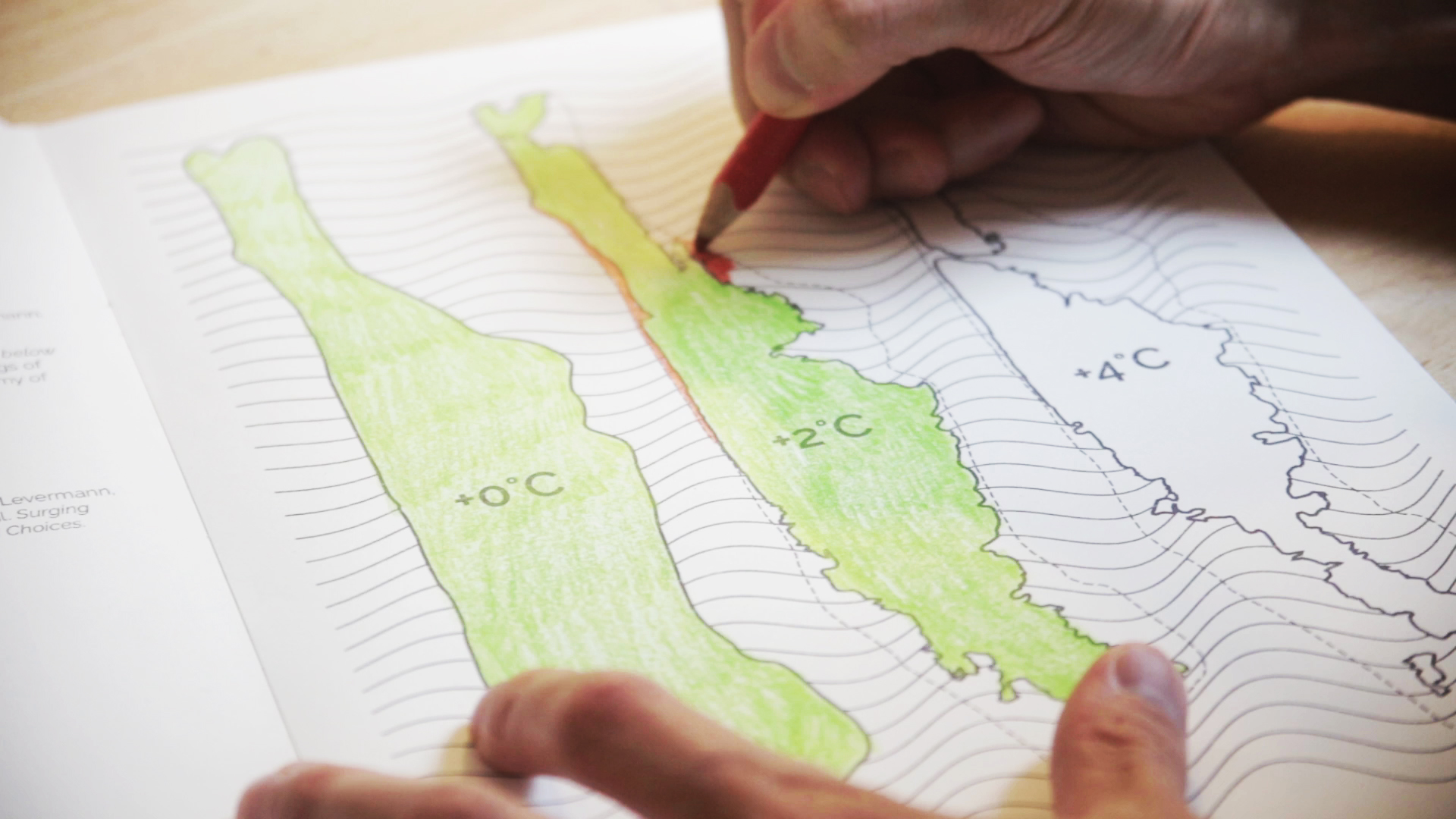
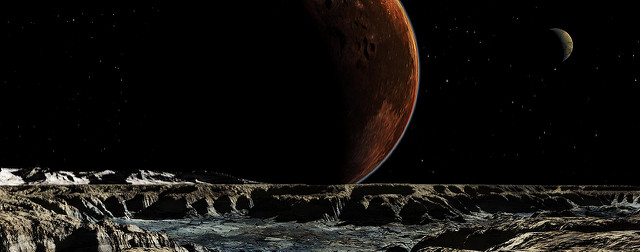
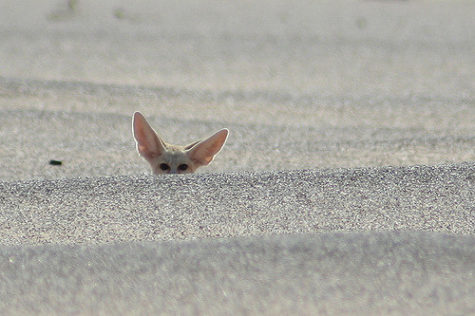 Most days, my kids pretend that they are other animals. Sometimes they are fantastic beasts—we have a lot of dragons and griffins. Sometimes, they’re creatures that we’re more familiar with, like dogs and seals. But most of the time, they are fennec foxes.
Most days, my kids pretend that they are other animals. Sometimes they are fantastic beasts—we have a lot of dragons and griffins. Sometimes, they’re creatures that we’re more familiar with, like dogs and seals. But most of the time, they are fennec foxes.